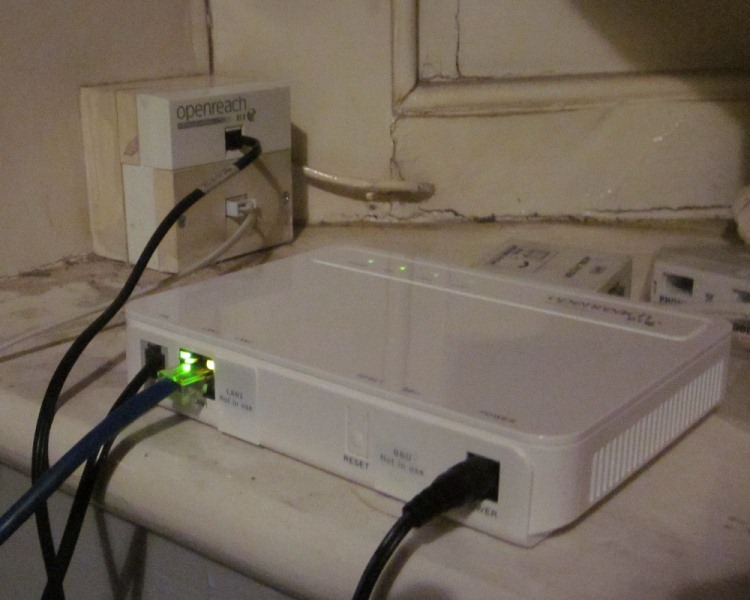As I’ve mentioned before, I switched my home ISP to A&A so that I could get IPv6 on my internet connection. That gave me 2 pieces of the puzzle (OS support and internet connection), but I still needed to sort out my network infrastructure, specifically my router. This post says what I’m trying to achieve, and it would apply to any router, regardless of the hardware/software involved. I’ll save the details of how I actually went about it for other posts, which are specific to the particular equipment.
On the client side, this should all be invisible. Someone should be able to turn up with a suitable device (e.g. an iPad or a laptop running Windows) and automatically get IPv6 internet access without having to do anything extra. They may have to type in the key for the wireless network, but that’s the same for IPv4 and IPv6. Similarly, they shouldn’t notice whether they’re accessing a particular site (e.g. Facebook) over IPv4 or IPv6; the only visible difference should be that IPv6-only sites (e.g. Loops of Zen) are now available, whereas they weren’t before. I’ve bought an iPad app to help me with my testing (IPv6 Toolkit) but that’s just a diagnostic tool and you don’t need it to actually use IPv6. In fact, as of IOS 9, it’s a requirement for all iPad apps to support IPv6.
On the router side, I want feature parity between IPv4 and IPv6 (where it makes sense). For instance, NAT (Network Address Translation) is a necessary evil in IPv4 and I’ll be glad to see the back of it, so I don’t want an IPv6 equivalent (NAT66). However, if a router says that it supports IPv6 and PPPoE then I expect it to support IPv6 over PPPoE. I also expect to be able to ping IPv6 addresses; I’d prefer to use the same command (ping) for both IPv4 and IPv6, but I don’t mind if I have to use separate commands (e.g. ping6 in Red Hat Enterprise Linux 5) as long as the functionality is built in.
I would like to have some kind of firewall built into the router (e.g. ip6tables), but that’s not essential; if necessary, I’m willing to use a separate device for that.
When I set up a router for an IPv4 xDSL (ADSL/VDSL) internet connection, I don’t have to type in the public IPv4 address: that comes from the ISP. In a similar way, I would like an IPv6 router to pick up the equivalent IPv6 address range automatically. However, if I have to type in the router’s IPv6 address manually then I can live with that; this is just a one-off job until I change my internet connection, rather than something I’d have to do on a daily basis.
(more…)
